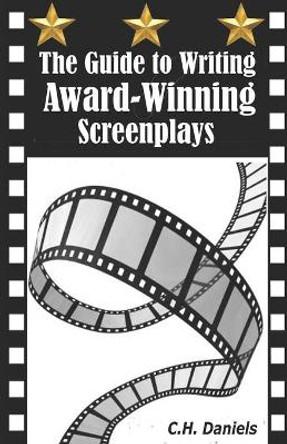Description
About the Author
Dan Gurskis has more than twenty years of writing and producing experience in film and television. He has worked on projects Columbia, Paramount, RKO, HBO, Showtime, Cinemax, Comedy Central, and the USA Network with collaborators as varied as the director Nicolas Roeg and Monty Python s Graham Chapman. In all, he has written more than thirty screenplays. Gurskis has won an Emmy Award and has been a Cable Ace Nominee, a Shubert Fellow, and a MacDowell Colony Fellow. He currently chairs the Department of Film at Brooklyn College, City University of New York.
Reviews
I. INTRODUCTION What is a screenplay? What is important in a screenplay? The screenwriter's skill set II. SHORTS The fundamentals of the short film The four categories of short films: short-shorts, conventional shorts, medium shorts, long shorts Film vs. theater Film vs. television III. CHARACTER Character and characterization Putting your characters in charge of the action What a character wants, what a character needs Adding depth to your characters Types of characters and their function Secondary characters IV. NARRATIVE The five forms of conflict The three-part nature of screenplay structure: setup, rising action, resolution The importance of cause and effect The elements of a scene Scene structure Writing the scene V. DIALOGUE The goals of film dialogue The characteristics of film dialogue Writing effective dialogue Structuring sentences and speeches Dialect, slang, and insider speech VI. DEVELOPMENT Generating ideas for a short screenplay The development process Creating a concept Creating a synopsis Creating a step outline The first draft Revising Writing screenplays for non-theatrical films (podcasts, Internet only, mobile phone) VII. PRODUCTION Production considerations for a short screenplay Working with a director Working with a producer When the director or the producer is you Conforming the screenplay to existing locations and budget limitations "There's no such thing as a free lunch" Permissions and legal considerations Writing the shooting script VIII. FORMAT The standard industry format: the way a screenplay looks on a paper Screenplay form: using language to suggest film images What to avoid: directing on paper and acting on paper Film grammar vs. English grammar IX. GLOSSARY X. APPENDIX IX. INDEX
Book Information
ISBN 9781598633382
Author Daniel Gurskis
Format Paperback
Page Count 248
Imprint Course Technology Inc
Publisher Cengage Learning, Inc
Weight(grams) 344g
Dimensions(mm) 230mm * 154mm * 14mm
Details
Subtitle: |
Your Short Film from Concept to Production |
Imprint: |
Course Technology Inc |











